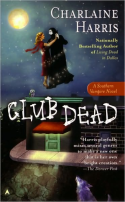 From the back cover:
From the back cover:
There’s only one vampire Sookie Stackhouse is involved with (at least voluntarily) and that’s Bill. But recently he’s been a little distant—in another state, distant. His sinister and sexy boss Eric has an idea where to find him. Next thing Sookie knows, she is off to Jackson, Mississippi to mingle with the under-underworld at Club Dead. It’s a dangerous little haunt where the elitist vampire society can go to chill out and suck down some type O. But when Sookie finally finds Bill—caught in an act of serious betrayal—she’s not sure whether to save him… or sharpen some stakes.
Review:
It’s been more than a year since I promised “Club Dead, coming soon!” at the end of my review of Living Dead in Dallas. I didn’t forget the pledge; it just took me that long to be in the mood for another round of salacious vampire shenanigans. But what better time to revisit the series than Halloween Week? This one was such an improvement over the last, however, that I’m going to make a sincere effort to get caught up on the series.
Part of what makes Club Dead interesting is that there is so little Bill and when there is Bill, he’s wronging Sookie in ways that culminate with her disinviting him from her home. As the book begins, he is working on a top-secret assignment for “the queen of Louisiana” (there’s a lot of detail about the vampire hierarchy in this book) and tells Sookie he’s heading to Seattle to work on it. This turns out to be a lie, as she learns later that Bill is being held captive in Jackson and that he was preparing to pension her off and return to his vampire love, Lorena.
Despite the betrayal, Sookie agrees to help Eric (Bill’s superior, in a manner of speaking) find Bill and is matched up with a brawny werewolf named Alcide Herveaux, who can introduce her to the supernatural element in Jackson. Alcide’s got baggage of his own, so in addition to treading lightly around “the king of Mississippi” and the werewolves the king has hired to search for Bill’s girlfriend (thankfully, he never got her name), they’ve also got to avoid Alcide’s crazy ex, Debbie Pelt.
All of this is fairly entertaining—even if a large amount of the plot is contingent upon guys finding Sookie extremely hawt and wanting to boff her—but it did seem randomly strung-together at times. For example, after Bill is rescued the gang must next prevent the crucifixion of “Bubba” (Elvis in vamp form) and foil a convenience store robbery. I really liked the ending, though, and once again find myself hoping that Sookie will not forgive Bill’s transgressions, now weightier than ever before. Sure, it’s a little ridiculous how many guys are hot for her, but her steamy encounters with both Alcide and Eric are more fun to read than detailed sex scenes starring Bill. (The fact that Eric gets fleshed out a great deal is one of the best aspects of the book, actually.) Plus, Sookie’s reaction to these tempting guys is pretty amusing. “I was not pleased with my moral fiber!”
I find that I haven’t much to say about the book beyond this. It’s diverting and amusing and has even rekindled my curiosity about True Blood. It’s not fair to compare something like this against oh, say, Price and Prejudice, but for this particular genre, it exceeds expectations.




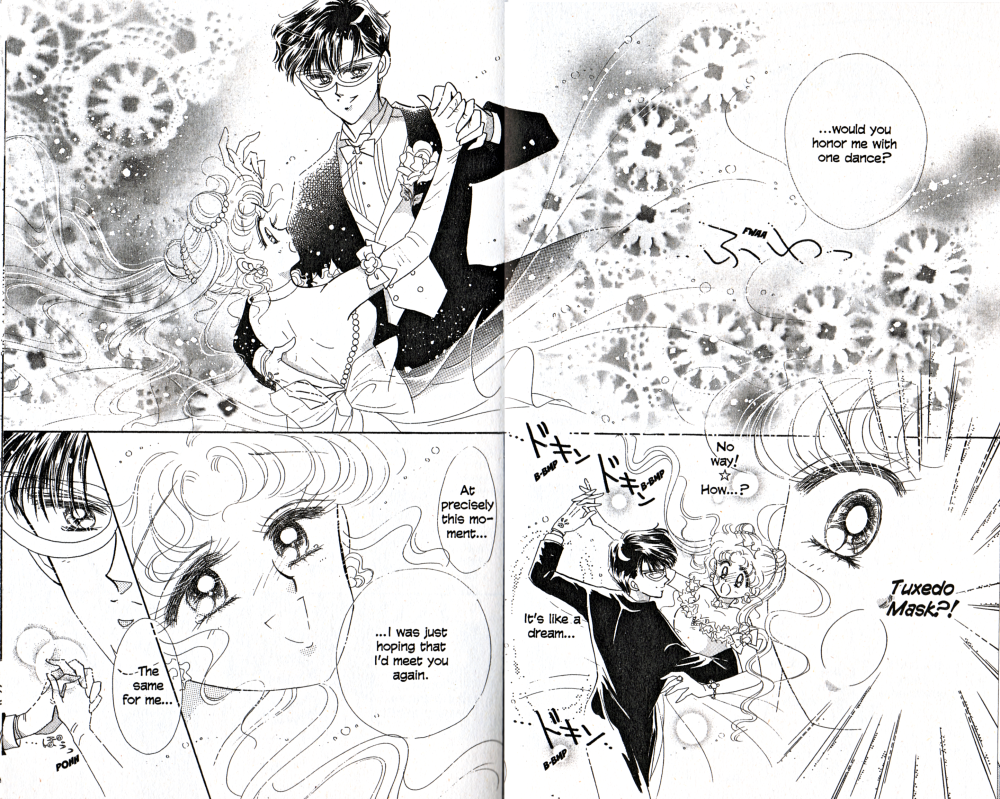
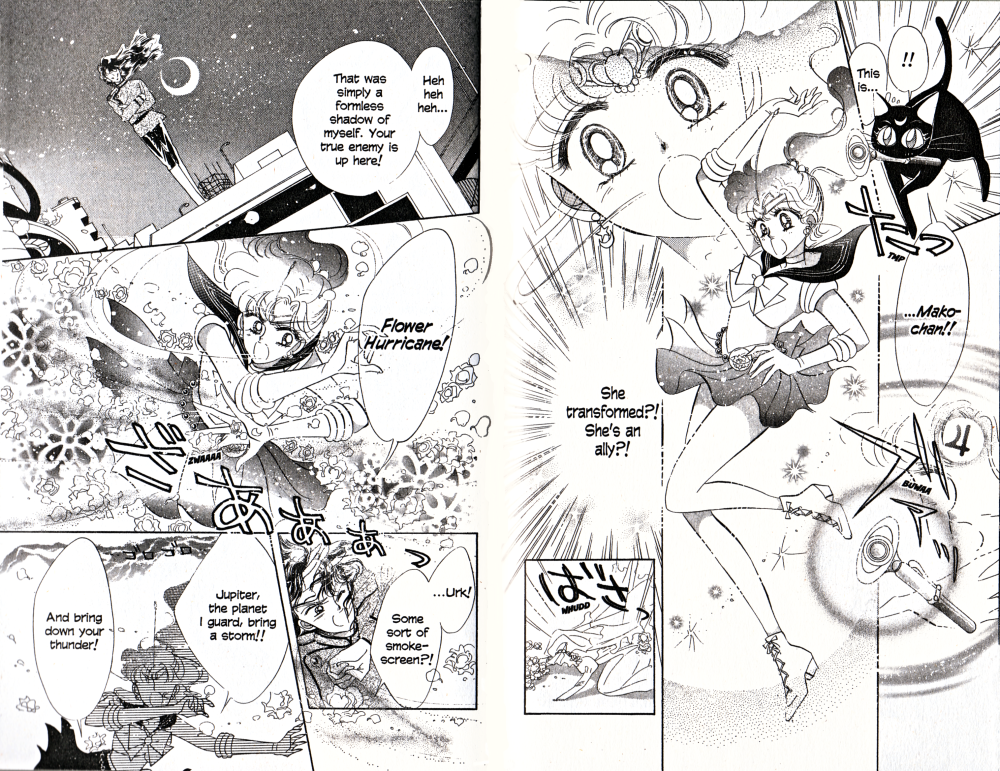
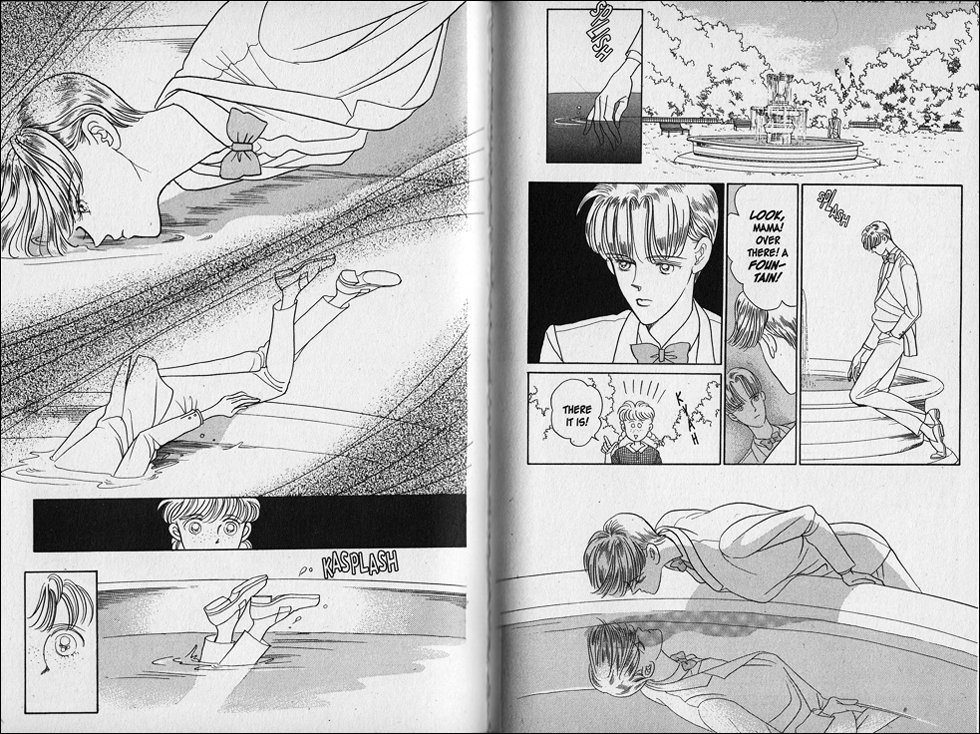
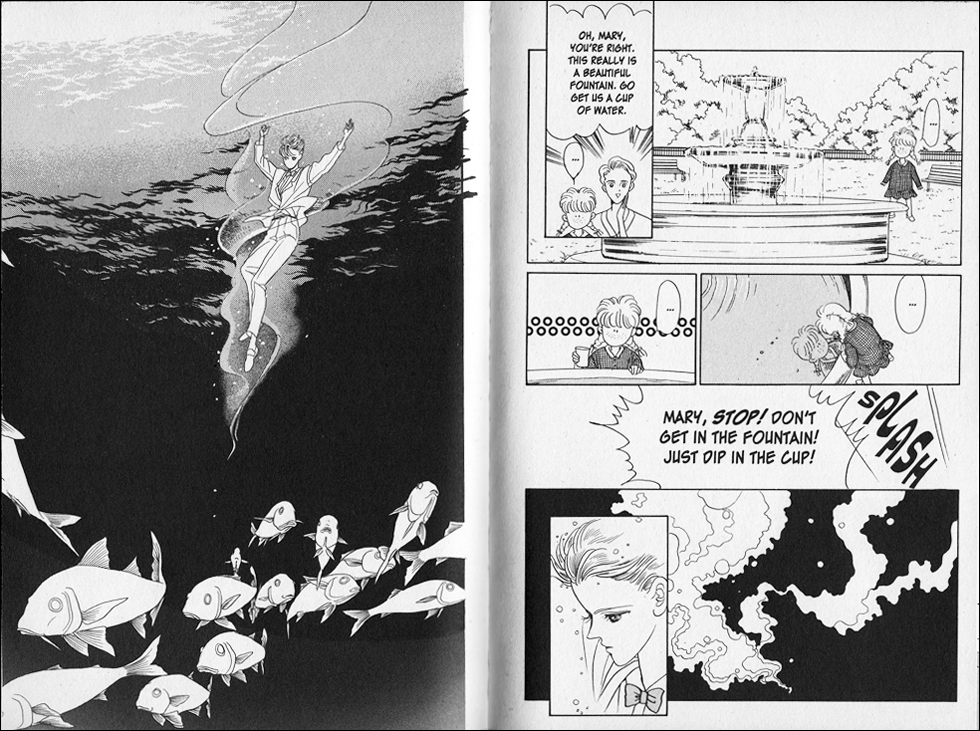
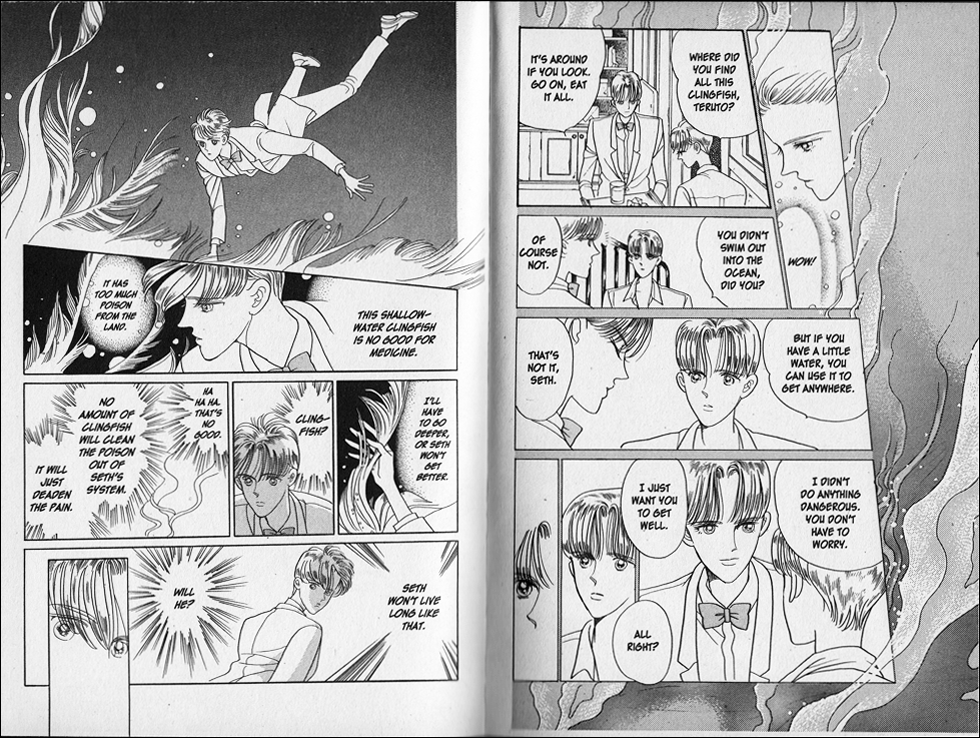



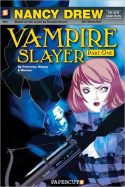

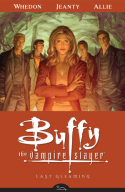
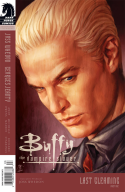

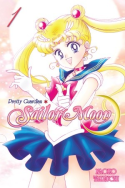



Recent Comments